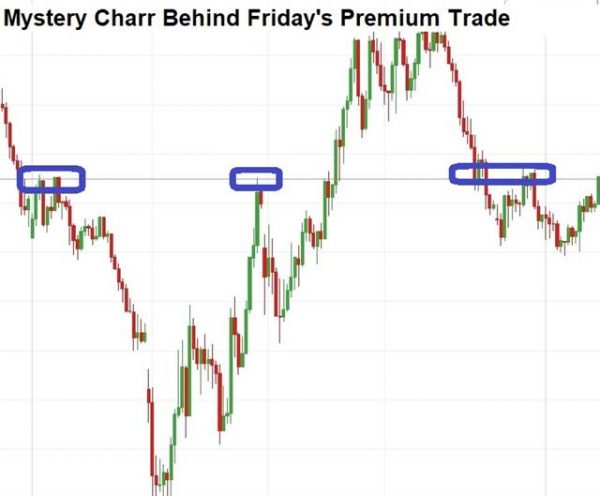US employment fell by 4x expectations, showing a 701K decline in March, but this was not the story of the day. A 40% intraday rally in oil following a series of Trump remarks helped the loonie and prevented further. A new Premium Insights’ trade was issued for Premium subscribers after the US jobs, which will remain into the weekend.
US Crude shot up nearly 40% above $30 from an 2-decade low after Donald Trump managed to intervene verbally in oil by claiming producers will step up with massive output cuts. Traders (and us) remain in doubt as to whether a global deal can really be done.
The US President’s infatuation with exaggeration and half-truth struck the oil market Thursday. After tipping off CNBC, he tweeted that he expected Russian and Saudi Arabia to cut oil production 10-15 mbpd.
Even with all of OPEC included, a 10-15 mbpd cut was an enormous sacrifice. Soon after Russia revealed it hadn’t even spoken to Saudi Arabia. Crude fell back to $24 but rose again when the Saudis called an emergency OPEC+ meeting.
Yet, the statement from Saudi Arabia hinted at the truth: The plan was to call for all oil producing countries to work together to cut 10-15 mbpd. That is a monumental task that’s a longshot at best and crude fell to $23.50. Still, the market held out hope when Texas, Mexico and Alberta officials hinted that they were interested in cooperating.
Later, Exxon said it wasn’t interested in cooperating with anyone. They’ve avoiding shale for years and have the balance sheet to withstand this slowdown. No doubt they want to buy assets later for pennies on the dollar. Their stance makes it highly unlikely the US will cooperate.
The hard reality is that it might not even matter if they do. Trafigura estimates that coronavirus has cut global oil demand by 35 million barrels per day. Low estimates are at 20 mbpd.
Oil is unlike other commodities because it’s difficult and costly to store. Every country has some reserves but 1 million barrels are tough to store. 35 million barrels per day is an impossible glut. A look back at the major inflection points in crude shows that a 1-2% over or undersupply can dislocate the market over time. Current oversupply is 30%.
There are two solutions: Solve the virus or let the market sort it out. This rally could extend to $36-37 on further optimism or OPEC+ jawboning but it’s ultimately doomed.
US nonfarm payrolls collapsed by 701K, the biggest 1-month drop since the financial crisis, while jumped to 4.4% from 3.8%, posting the biggest monthly rise since 1975. Most crucially, the jobs figures were based on the survey week of March 12th, meaning it missed the bulk of job losses and the subsequent two months will be markedly worse.
















